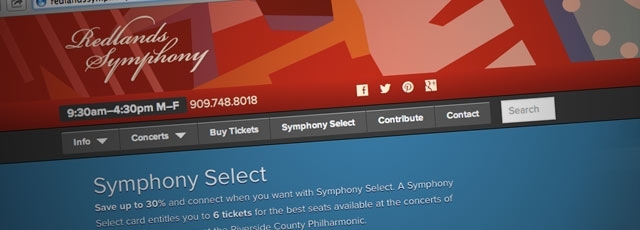
“I read about you on my smartphone. I watched your video on my tablet. I researched your product on my laptop. And everywhere I looked, you seemed like a different company.”
This is not good – especially if you want to have a consistent identity. Because, the way we communicate is evolving. Our everyday profile is blending with our online presence into a public face which cannot be separated.
What does this mean for you as a business or a non-profit? It requires consistent branding (in a nutshell: your identity, your messaging, your mission, all the connections and interactions between you, your services, and your audience). Your company needs to be consistent whether Sally is talking to you on the phone, tweeting you, or Googling you on her iPhone, Android, tablet, or laptop.
Creating this seamless presence is rarely a simple process. Multiple factors must be taken into account. The good news is, your business now has another option for your web presence – icon fonts.
What are icon fonts? They are in essence wingdings for the web. They are images or icons such as play, pause, and print, which are converted into a font.
The main benefit of icon fonts is their scalability. From browser to browser and device to device, icon fonts allow the same images to shrink or expand in relationship to the rest of the text. They do so without becoming blurry and distorted - as long as your audience is using a modern web browser, which most are.
This ability to scale not only helps to maintain consistent branding, but also often requires much less data than using traditional image files such as JPGs and PNGs. Why? To maintain consistent branding with traditional images, web designers need to upload multiple copies of a given image in varying sizes. The designer then must direct the web browser which image to display.
This requires web browsers to upload more data, slowing them down.
What can using icon fonts mean for your visitors? Faster load times and a better user experience. What does this mean for you? A higher return on investment (ROI) from your website.
In last couple of years Bootstrap and Foundation, two front-end frameworks, were introduced to the market. (Front-end frameworks help determine what a user sees on their screen.) They offer an expanded collection of icon fonts which make it easier to consistently control your brand’s presence online.
As you look to update your website and online presence, take a close look at how you appear across multiple mediums. How consistent is your branding?




